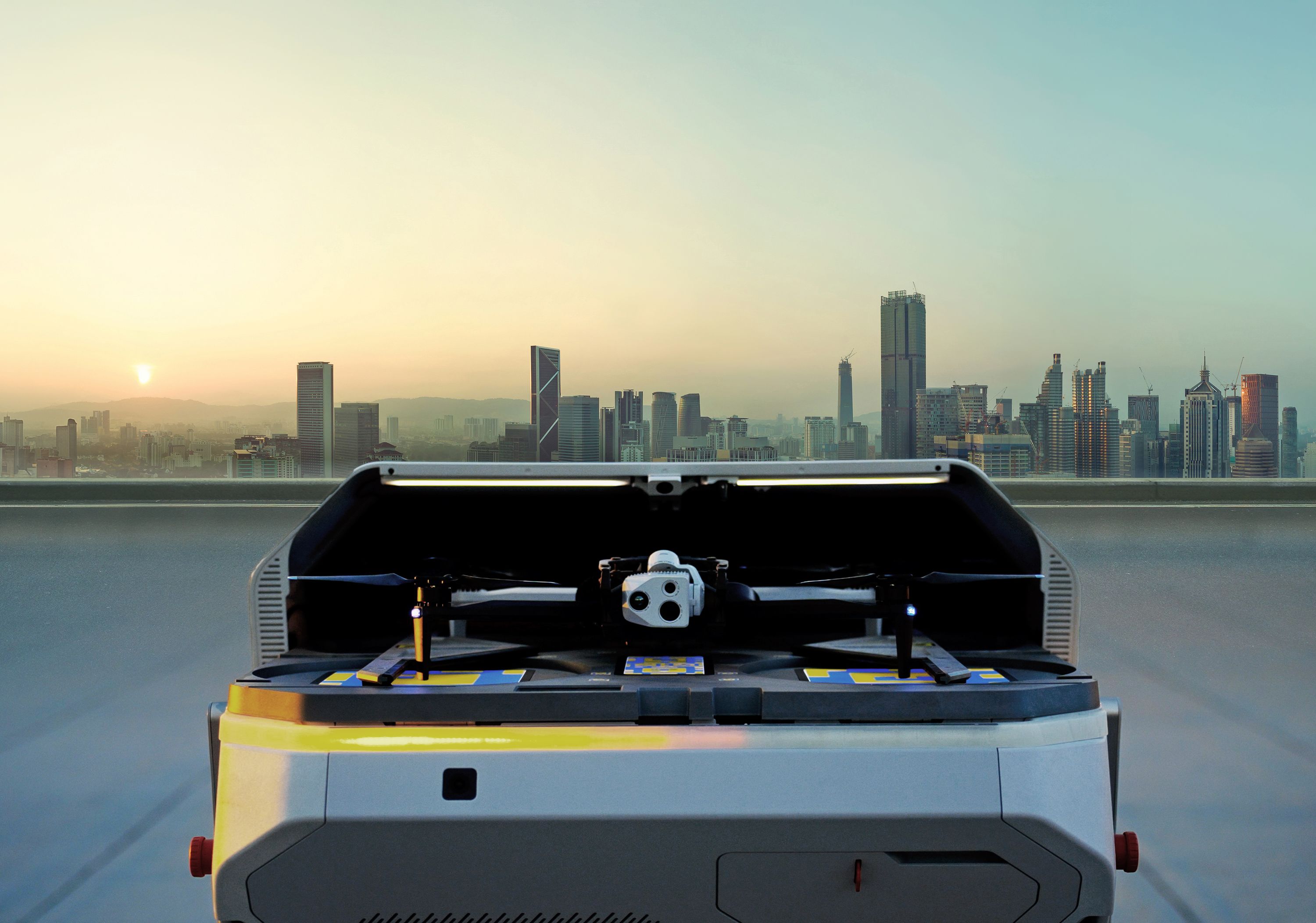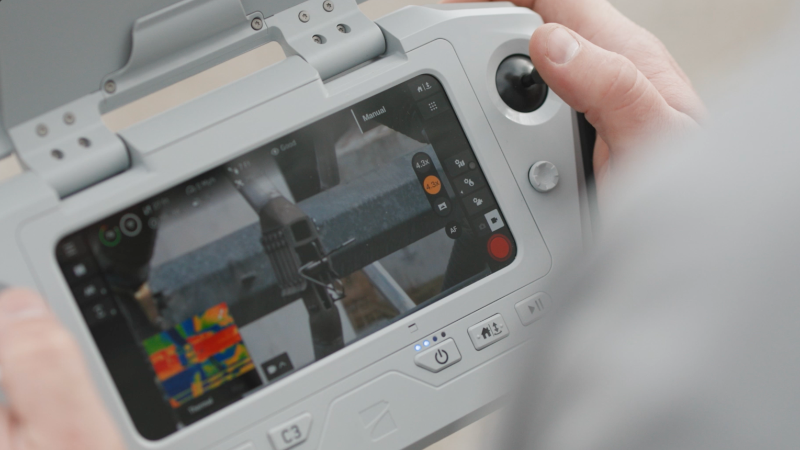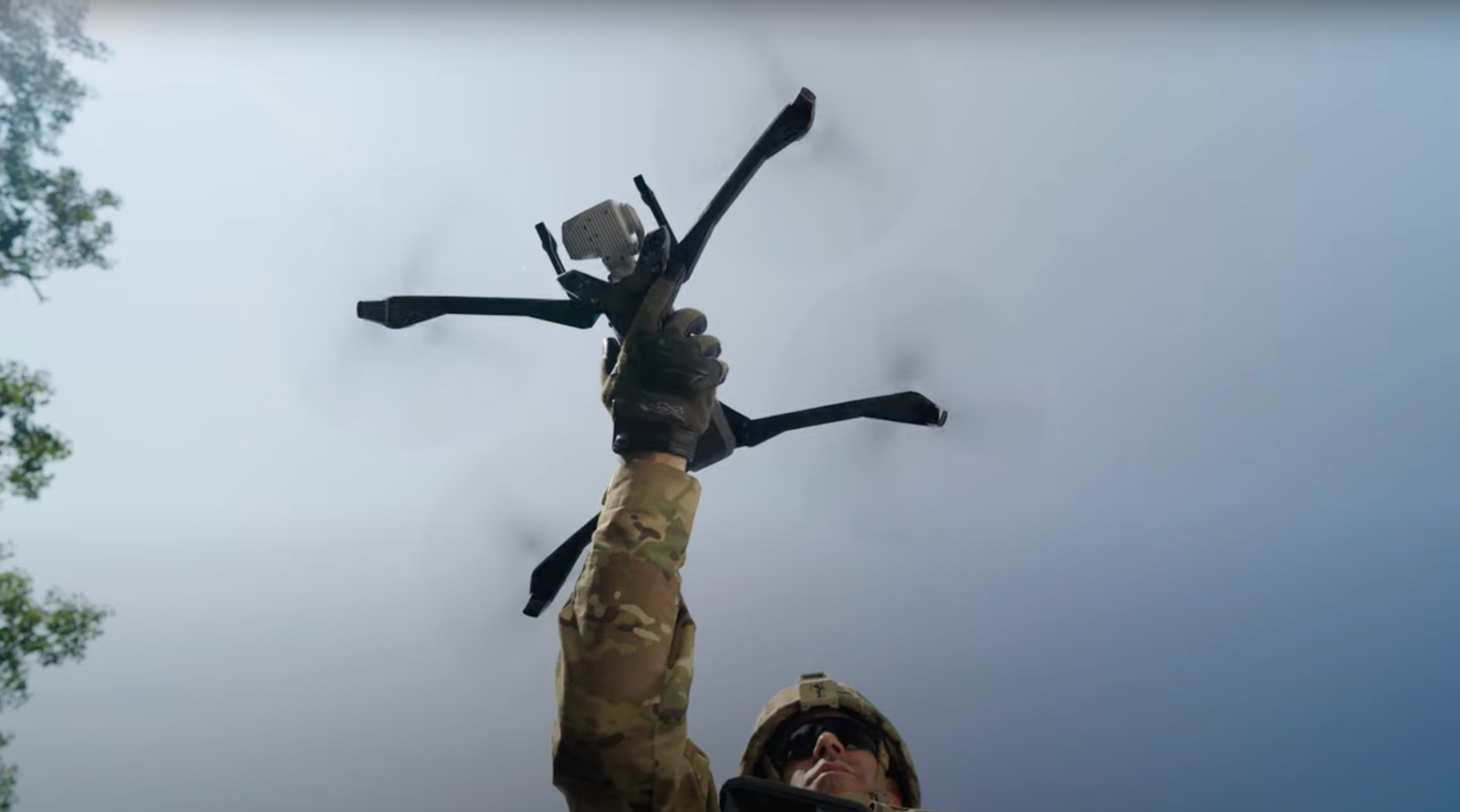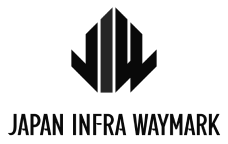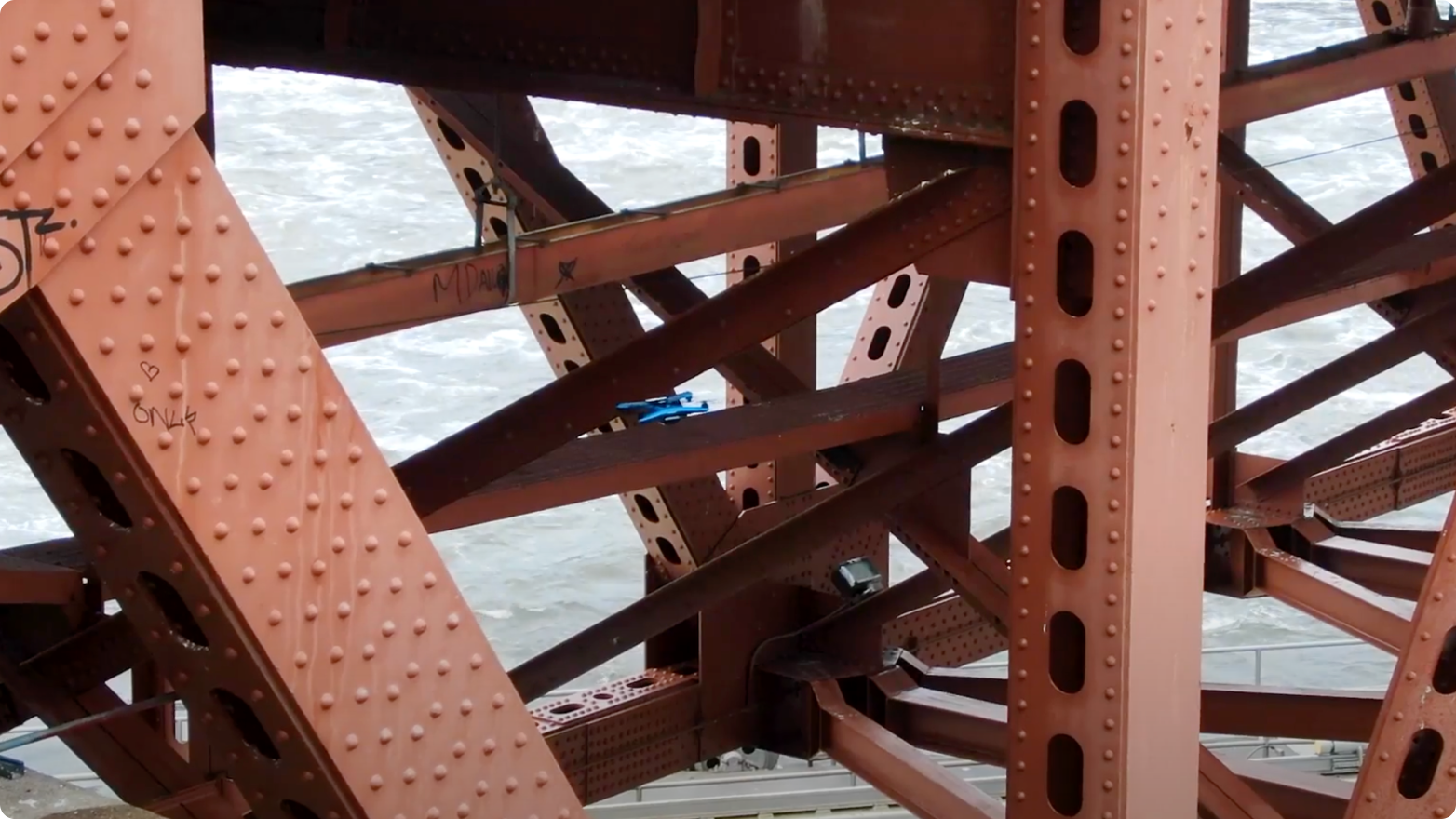Background
At its founding, JIW was designed to do inspections using drones, which at the time, were fundamentally manual, such as DJI, Autel, and Parrot, expecting that the cost advantage from using drones vs. incumbent methods such as climbers and snooper trucks would enable the team to rapidly gain market share. However, early testing exposed these options as unable to build a scalable business model.
These drones’ inability to fly in GPS-denied environments — such as below reinforced concrete bridge decks — prevented them from capturing the precise imagery required to replace the expensive incumbent methods. Further, the extensive training required to teach pilots how to keep their manual drones from crashing on the job, bringing additional capital expense and liability risk, prevented JIW from realizing any human capital advantages.
After an extensive testing process that evaluated DJI, Parrot, Autel, and Skydio drones, the JIW team chose Skydio, citing the onboard intelligence of Skydio Autonomy as the key enabler for their business model. Thanks to Skydio drones’ ability to fly in environments where manual drones can’t, and with the addition of Skydio Autonomy Enterprise Foundation to simplify the flight experience with AI-pilot assistance capabilities, JIW has expanded their Skydio fleet to over 300 aircraft, equipped and trained 68 operators to perform bridge inspections over a span of 12 months, while growing their overall business from 10 bridges inspected in 2019 to a projected 700 bridges in 2021.
“ No other drone came close to successfully completing bridge inspection missions in our trials process, and we are thrilled to be able to adopt Skydio’s new technologies.
Challenge
Manual flight in complex environments.
With high precision requirements, JIW needed to fly in and among bridge trusses, where metal structures interfere with magnetometers, and overhead concrete prevents GPS location. As a result, manual drones were incapable of flying stably under bridges, and required extensive pilot training just to prevent the aircraft from crashing, let alone complete an inspection. The consequences to JIW’s business were significant.
Extensive pilot training required to avoid crashing during inspections.
In under-bridge environments manual drones lose their ability to station-hold, and they revert to ATTI mode, where the pilot is responsible for all aspects of drone flight, including hovering in place. In this mode, even the most skilled pilots are hard-pressed just to keep the drone from crashing. Even attempting these flights would require large teams of highly skilled pilots for each bridge inspection.
Low-precision inspections from risk-averse flying.
To complete a bridge inspection with manual drones, the team would have had to settle for flights at long standoff distances away from the bridge. This results in a high volume of blind spots, as the drones are unable to look between bridge trusses to capture data obscured from far away. Even adding larger zoom lenses such as the Zenmuse or H20T series from DJI failed to solve the problem, as these sensors still could not capture imagery of the underside of the bridge where the most important inspection data needs to be captured.
“ Thanks to Skydio Autonomy, our inspectors can benefit from AI-powered obstacle avoidance, which enables safe flights in the GPSand magnetometer-denied areas that are prevalent under bridges we inspect.
Skydio Solution
Autonomous flight expands JIW’s horizons.
Today, JIW provides the most detailed bridge inspection reports in Japan, and can offer its customers competitive pricing thanks to Skydio. The team is contracted to inspect over 700 bridges in 2021 using their Skydio 2 aircraft, which are equipped with Skydio Autonomy Enterprise Foundation.
Skydio Autonomy onboard Skydio 2 enables safe operations in complex environments.
Thanks to 360 degree obstacle avoidance and Skydio Visual Navigator, which equips the Skydio 2 drone with unique computer vision-based flight based on the feed of six 4K navigation cameras mounted on the bottom (3) and top (3) of the drone, JIW pilots can fly with confidence under and inside bridge structures. With their Skydio drones they can focus on the inspection data they need to capture, rather than the simple survival of the aircraft.
Skydio Autonomy Enterprise Foundation (AEF) helps pilots capture more precise images.
JIW has benefitted from various features in AEF that give inspectors extra capabilities while the drone is in the air.
- Close Proximity Obstacle Avoidance allows pilots to fly through tighter gaps between bridge trusses with the confidence offered by the autonomous flight system
- Precision Mode provides sharper controller tuning to line up the perfect inspection photo
- Vertical View leverages the front-mounted gimbal design of the Skydio 2 and allows the drone to look straight up at the critical undersides of bridges, unlike manual alternatives with bottom-mounted gimbals
- Visual RTH allows for robust return-to-home procedures in the event of a lost link in a GPS-denied environment, a common death sentence for manual drones
Results
JIW’s business has grown 70x to become Japan’s market leader since adopting Skydio Autonomy.
Since adopting Skydio over manual drones, JIW has been growing rapidly based on its ability to offer competitive prices based on its lower cost profile, onboard pilots more rapidly, and generate higher quality report outputs.
JIW owns and operates over 300 Skydio drones, offering drone rentals and sales. Specializing primarily in bridge inspections, they've trained around 2,000 individuals in drone operation. Meanwhile, from October 2019 to March 2024, they've successfully conducted inspections on more than 900 bridges, significantly contributing to the overall expansion of their operations.
Moreover, when factoring in their inspection accomplishments in pipeline infrastructure, their total inspection count exceeds 3,000 cases. This remarkable achievement underscores their commitment to excellence and their pivotal role in ensuring infrastructure safety and efficiency.
Other notable results are:
Skydio Autonomy provides 75% cost advantages over pre-drone methods on jobs that manual drones cannot perform.
A recent study by the American Association of State Highway and Transportation Officials (AASHTO) found that the average cost to inspect a typical freeway bridge comes out to $4,600 using traditional deck inspection methods. The key cost drivers are the reduction from 16 hours to 2 hours of labor to inspect a standard bridge, and the elimination of lane closures required by the heavy machinery typically used to lower inspectors into key inspection areas. JIW has taken advantage of this cost difference to provide competitive prices to their customers, who are responsible for bridge maintenance.
JIW has on-boarded 68 new pilots in 12 months by lowering the training burden from 100 to 8 hours of flight time.
While the training requirements of manual drones would have severely limited JIW’s ability to hire enough full-time drone pilots to perform a high volume of inspections nationwide, the safety blanket and ease of use provided by Skydio Autonomy has enabled the company to rapidly on-board existing bridge inspectors and other first-time drone operators. For manual drones, JIW would only interview pilots with over 100 hours of flight time and evaluate them through a test that only around 15% of candidates could pass. With Skydio, JIW hires pilots after 8 hours of training and an exam that every candidate has passed so far.
Skydio enables JIW to inspect more complex bridges with greater precision.
With Skydio 2, JIW has been able to improve its inspection reports by taking photos from up close, and from vantage points inaccessible when flying with any other drone. In addition, JIW has begun to use 3D models to index their photos and clearly communicate inspection results to their end-customers. As the Japanese government considers requiring 3D models in the future, JIW has begun to prepare by participating in alpha testing for Skydio 3D Scan.
“ Our customers marvel at our market-leading prices, professional and highly capable pilots, and high quality inspection reports. Skydio Autonomy is vital to ensuring that we can maintain these high levels of efficiency and quality, and has helped power our business to a period of unprecedented growth.
